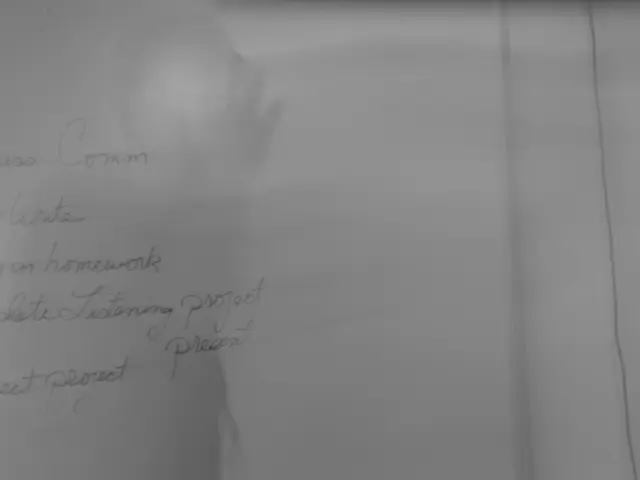Anticipated Phenomenon: Northern Lights May Illuminate U.S. Skies on Thursday
Lights in the North: A Stunning Display of Aurora Borealis is On the Horizon!
Get ready for some celestial magic on Thursday, March 20, as the mesmerizing Northern Lights are predicted to dance across the skies. This dazzling display can be partly attributed to the forthcoming vernal equinox, according to a NASA model.
The prediction comes after last week's spectacular "blood moon" total lunar eclipse on March 13-14, captivating photographers in Alaska and regions spanning North and South America. Moreover, the "Blue Ghost" spacecraft even managed to snap images of the eclipse from the moon, as well as a total solar eclipse.
The Enigmatic Dance of the Northern Lights
The anticipated March 20th spectacle follows the forecast of a coronal mass ejection - a surge of charged particles from the sun - set to skirt Earth's magnetic field. Although such events don't normally lead to significant aurora displays, the CME's arrival almost coincides with the equinox - a fortunate alignment that enhances the chances of a stunning show.
A G1-strength geomagnetic storm, signifying a major disturbance of Earth's magnetosphere but the weakest type, may emerge. According to NOAA, G1 storms can be witnessed from Washington, northern Idaho, Montana, North Dakota, South Dakota, Minnesota, Wisconsin, Michigan, and Maine. Head over to NOAA's aurora view line for more details.
Equinox's Role in the Dance
On March 20, Earth's northward equinox will occur at 09:00 UTC (4:00 a.m. EDT), when the sun crosses the celestial equator. This event ensures an equal day and night for every location on Earth and marks the start of astronomical spring in the Northern Hemisphere and astronomical autumn (fall) in the Southern Hemisphere.
During the equinox, Earth rotates on its axis, side-on to the sun, which aligns Earth's magnetic field and amplifies the effect of the solar wind. Additionally, the magnetic fields of Earth and the solar wind are briefly aligned, as per the Russell-McPherron Effect, increasing the likelihood of more intense aurora displays on and close to the equinox.
The Aurora Phenomenon in 2025: A Year of Spectacles?
Astonishing solar activity is currently at a 23-year high, with Solar Cycle 25 achieving its "solar maximum" phase, the peak of its 11-year cycle. Following a slight dip in solar activity, a second peak is expected in 2025, promising a vibrant season of Northern Lights in years to come.
Stay tuned for the latest Northern Lights forecasts and get ready to enchant friends and family with your captivating photos!
Wishing you clear skies and wide-eyed wonder!
- The exciting Northern Lights are predicted to dance across the skies on the upcoming equinox, March 20, 2022, closely aligning with a coronal mass ejection for an enhanced show.
- Normally, coronal mass ejections do not lead to significant aurora displays, but the CME's arrival almost coincides with the equinox, increasing the likelihood of a vibrant display.
- During the equinox, the G1-strength geomagnetic storm may allow viewers in Washington, northern Idaho, Montana, North Dakota, South Dakota, Minnesota, Wisconsin, Michigan, and Maine to witness the Northern Lights.







